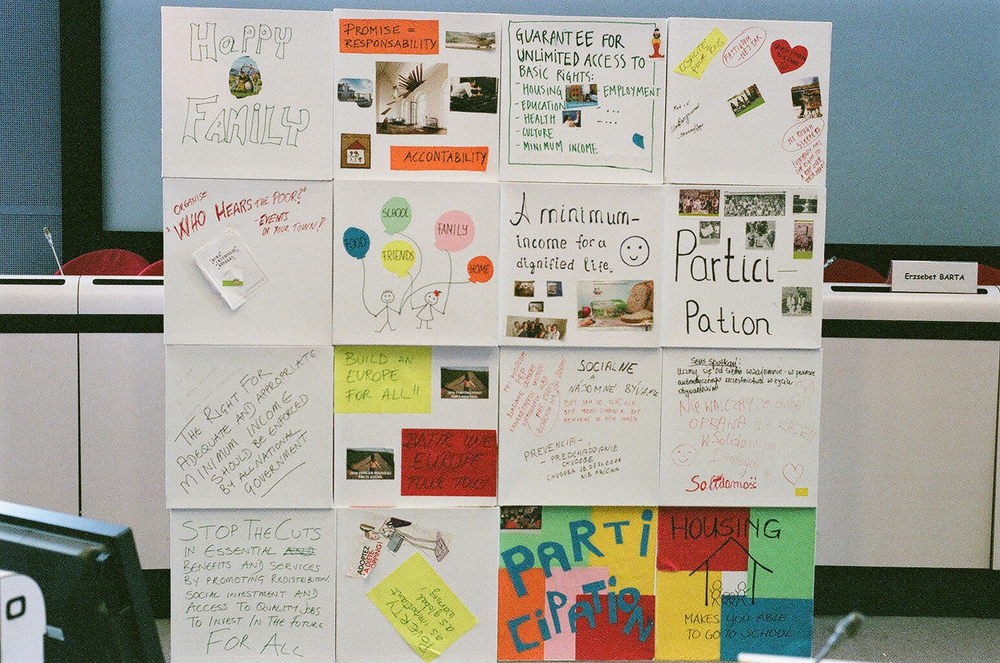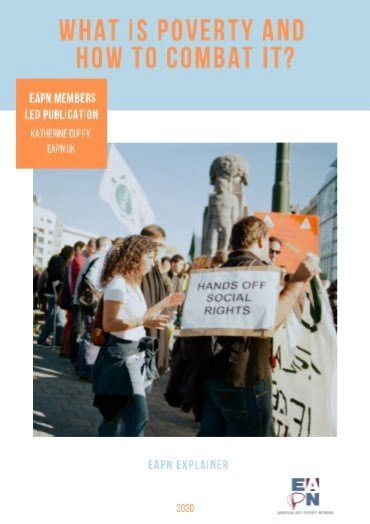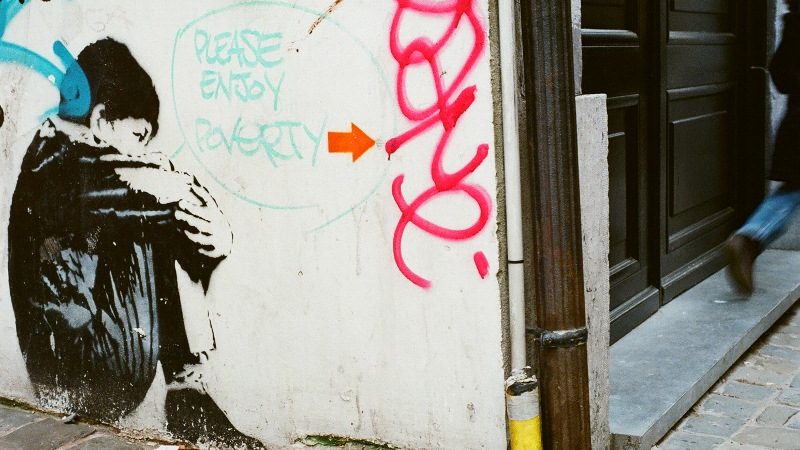Poverty in the EU Union is a very real problem which brings misery to the lives of many people, curtails their fundamental rights, limits the opportunities they have to achieve their full potential, brings high costs to society and hampers sustainable economic growth.

In spite of the overall wealth of the European Union (EU), poverty in the EU is still at a relatively high level and rapidly increasing, with 17.3% of the EU-28 population, that is almost 87 million people, at risk of relative income poverty and more than 118 million people or 23.5 % of the EU-28 population at risk of poverty and social exclusion – whether being at risk of relative poverty, severely materially deprived or living in a household with very low work intensity (source: Eurostat, January 2018).
The financial crisis, but even more so the response to the crisis through austerity measures, have clearly generated more poverty. However, the extent and seriousness of the problem is often not well understood either by policy makers or the general public. As a result, sufficient urgency is not given to its eradication. Often this is because people only think of poverty as being something which is so extreme that it threatens people’s very existence and they associate this mainly with developing countries.

However, the reality is that poverty in the EU Union is a very real problem which brings misery to the lives of many people, curtails their fundamental rights, limits the opportunities they have to achieve their full potential, brings high costs to society and hampers sustainable economic growth.
Poverty also reflects failures in the systems for redistributing resources and opportunities in a fair and equitable manner. These lead to deep-seated inequalities and thus to the contrast of excessive wealth concentrated in the hands of a few while others are forced to live restricted and marginalised lives, even though they are living in a rich economic area. Experience shows that the crisis has had the most devastating impact in the less re-distributive countries with weaker social protection systems. Moreover, austerity policies and cuts in social protection and services have pushed even more people into poverty.
The debate on poverty in the EU is often closely associated with “social exclusion”. The termsocial exclusion is used to emphasize the processes which drive people to the edge of society, which limit their access to resources and opportunities, and curtail their participation in normal social and cultural life leaving them feeling marginalised, powerless and discriminated against.
Another common term associated with poverty is “vulnerability”. People are in a vulnerable situation when their personal well-being is put at risk because they lack sufficient resources, are at risk of being in debt, suffer poor health, experience educational disadvantage, or live in inadequate housing and environment. These are important related concepts. However, not all people who are socially excluded or vulnerable are poor and EAPN in this explainer wishes to focus primarily on the specific dimensions of poverty and inequalities in the EU context.
EAPN Explainers
EAPN has developed a series of EXPLAINERS on poverty, tackling key issues and debates, which are also priorities within the EU poverty discourse, in understandable, everyday language.
They are aimed primarily at people working in civil-society organisations, but also at anybody who is concerned with how to make progress on reducing poverty and social exclusion in the EU.
- Poverty and Inequality in the EU (2009 and updated in 2014)
- Adequacy of Minimum Income in the EU (2010)
- Wealth, Inequality and Social Polarisation in the EU (2011)
- Towards Children’s Well-being in Europe –Explainer on Child Poverty in the EU (2013), jointly with Eurochild.
- Quality of Work and Employment in the EU (2014)
- What is poverty and how to combat it? (2020)
All of these publications are available on this website and some in several languages (see EAPN Books under News & Publications section).






 EAPN has developed a series of EXPLAINERS on poverty, tackling key issues and debates, which are also priorities within the EU poverty discourse, in understandable, everyday language.
EAPN has developed a series of EXPLAINERS on poverty, tackling key issues and debates, which are also priorities within the EU poverty discourse, in understandable, everyday language.